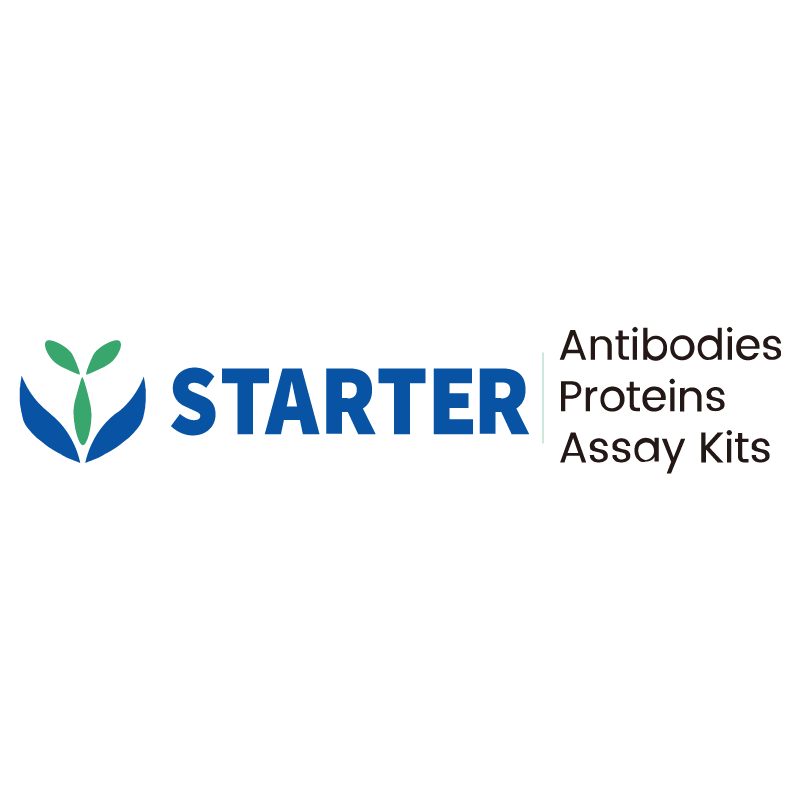Flow cytometric analysis of Human CD148 expression on human peripheral blood Leukocytes. human peripheral blood Leukocytes were stained with Brilliant Violet 421™ Mouse Anti-Human CD3 Antibody and either FITC Mouse IgG1, κ Isotype Control (Left panel) or FITC Mouse Anti-Human CD148 Antibody (Right panel) at 5 μl/test. Flow cytometry and data analysis were performed using BD FACSymphony™ A1 and FlowJo™ software.
Product Details
Product Details
Product Specification
| Host | Mouse |
| Antigen | CD148 |
| Synonyms | Receptor-type tyrosine-protein phosphatase eta; Protein-tyrosine phosphatase eta; R-PTP-eta; Density-enhanced phosphatase 1 (DEP-1); HPTP eta; Protein-tyrosine phosphatase receptor type J (R-PTP-J); DEP1; PTPRJ |
| Location | Cell membrane |
| Accession | Q12913 |
| Clone Number | S-3121 |
| Antibody Type | Mouse mAb |
| Isotype | IgG1,k |
| Application | FCM |
| Reactivity | Hu |
| Positive Sample | human peripheral blood Leukocytes |
| Purification | Protein G |
| Concentration | 0.2 mg/ml |
| Conjugation | FITC |
| Physical Appearance | Liquid |
| Storage Buffer | PBS, 1% BSA, 0.3% Proclin 300 |
| Stability & Storage | 12 months from date of receipt / reconstitution, 2 to 8 °C as supplied |
Dilution
| application | dilution | species |
| FCM | 5μl per million cells in 100μl volume | Hu |
Background
CD148 (also called PTPRJ or DEP-1) is a ~220 kDa receptor-type protein tyrosine phosphatase of the R3 subfamily that contains an extracellular region with eight fibronectin III-like repeats, a single transmembrane segment, and an intracellular catalytic domain; it is broadly expressed in hematopoietic and non-hematopoietic cells where it functions as a key negative regulator of growth-factor and adhesion signaling by dephosphorylating receptor tyrosine kinases such as PDGFR, VEGFR, EGFR, and Eph receptors, thereby inhibiting downstream PI3K/AKT, MAPK, and Src-family kinase pathways, promoting contact-inhibited growth, stabilizing cadherin-mediated cell–cell junctions, and acting as a tumor suppressor whose loss or down-regulation is associated with enhanced proliferation, migration, and metastasis in cancers of the stomach, colon, lung, thyroid, and breast.
Picture
Picture
FC


